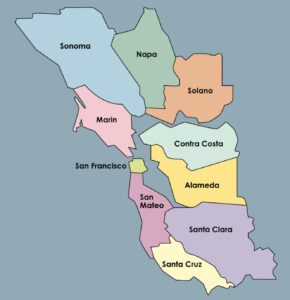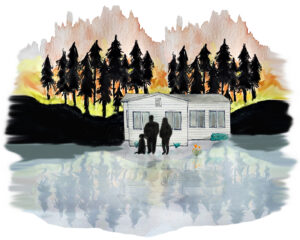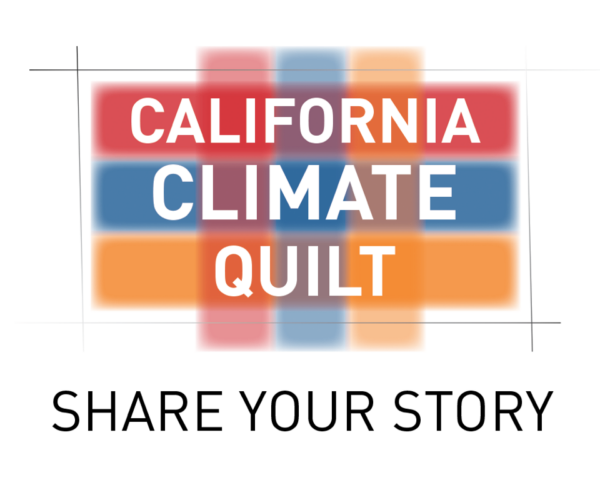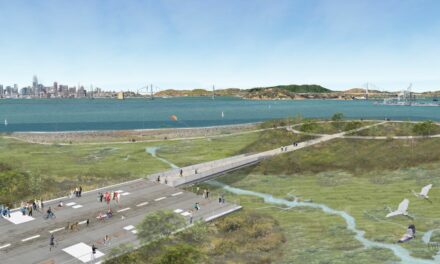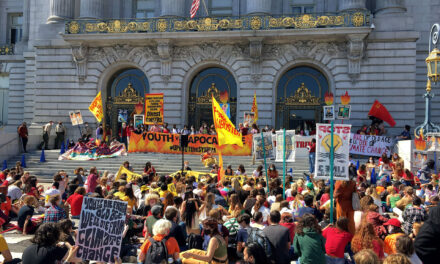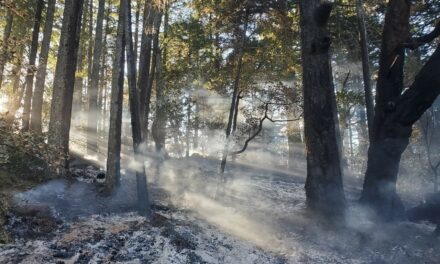Power Down, Safety Up for Christmas Hill
When an electrical pole goes down — whether felled by a 100-mile-per hour wind as in Boulder, Colorado after Christmas, or by a tree crashing into live wires, or even too many woodpecker holes — it carries so much more of a threat in the desiccated West than it used to. As residents sue power companies and FEMA foots burgeoning bills for lost towns and subdivisions, some cities are taking the initiative to reduce risk and smooth evacuation — like the North Bay town of Corte Madera.
Last fall, the Corte Madera town council approved a new underground district where PG&E, phone, Internet, and other utility lines will be buried on Lower Redwood Avenue and Edison Avenue at the base of the Christmas Tree Hill neighborhood. This well-populated area lies at the edge of fire-prone wildlands and woodlands.
Burying all overhead lines in a trench could not only reduce the chances of sparks setting nearby brush and trees aflame, but also keep key evacuation and access routes open, since a downed line across lower Redwood Avenue — a street thick with poles and overhead wires — could prevent residents from escaping and fire trucks from reaching any flames in the neighborhood.
Undergrounding is expensive and doesn’t always prevent fires (Coffey Park in Santa Rosa, for example, still burned in the 2017 Tubbs Fire despite underground utilities). But Corte Madera planners, engineers, and community members identified wildfire as a particular worry, and undergrounding as a priority, in their 2021 Climate Adaptation Assessment. The town had also suffered through enough public safety power shutoffs, and seen enough shortfalls in PG&E maintenance, to push for the project.
Town leaders also wanted to ensure they could use valuable funds and credits toward the project from PG&E’s Rule 20A program, whose future has been in question. The program supports conversion to underground lines for projects that meet various criteria (such as density of overhead lines) and offer health and safety benefits, like preventing wildfire and easing evacuation.
“We’re still in the process of analyzing our other fire-prone areas of town, but based on what we already know about Christmas Tree Hill’s vulnerabilities to fire and its limited access routes, we felt it was prudent to initiate this project right away,” says Ron Suokko, Corte Madera’s director of public works.
Still in its preliminary engineering phases, the project includes about 1,200 feet of mainline plus 1,800 feet of service laterals that connect to homes. The hope is that after spending an estimated $4 million to get utilities out of the way, Christmas Hill may be more resilient the next time flames sweep through Marin.
Other Recent Posts
Artist Repurposes Shoreline Detritus
Courtney Griffith scours beaches and parks for everything from plastic to charcoal, mangled ropes and burnt wood to use in her work.
After The Fire: Scenes from Chinese Camp
One of California’s oldest Gold Rush settlements takes stock after a devastating fire — a photo essay.
Youth Group Tackles Heat Islands in Santa Rosa
A new youth advisory team convened by the Greenbelt Alliance and Latino Service Providers is exploring heat disparities in southwest Santa Rosa.
ReaderBoard
Once a month we share reader announcements: jobs, events, reports, and more.
CEQA Reforms: Boon or Brake for Adaptation?
California Environmental Quality Act updates may open up more housing, but some are sounding alarms about bypassed environmental regulations.
Repurposing Urban Lots & Waterfronts: Ashland Grove Park, Palo Alto Levee, and India Basin
In this edition of our professional column, we look at how groups are reimagining a lot in Ashland Grove and shorelines in San Francisco and Palo Alto.
Backyard Harvests Reduce Waste
A Cupertino Rotary Club program led by Vidula Aiyer harvests backyard fruit and reduces greenhouse gases.
Digging in the Dirt Got Me Into Student Climate Action
A public garden at El Cerrito High School in the East Bay inspired my love of nature and my decision to study environmental science at UCLA.
King Kong Levee: Two Miles Done, Two To Go
Two miles of levee are now in place as part of the project to protect Alviso and parts of San Jose, but construction will last much longer.
Making Shade a Priority in LA: An Interview with Sam Bloch
After witnessing fire disasters in neighboring counties, Marin formed a unique fire prevention authority and taxpayers funded it. Thirty projects and three years later, the county is clearer of undergrowth.

